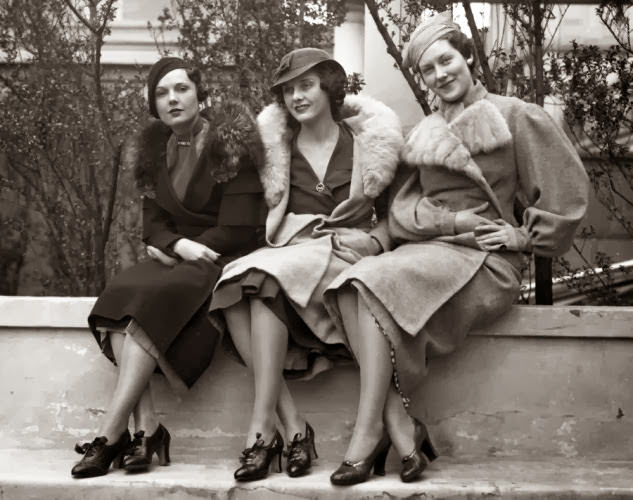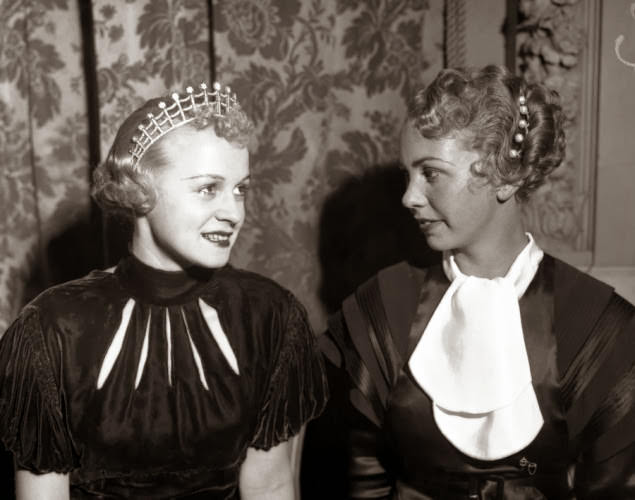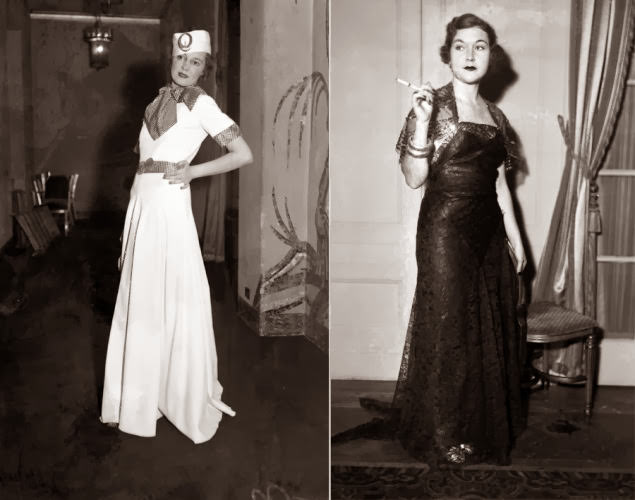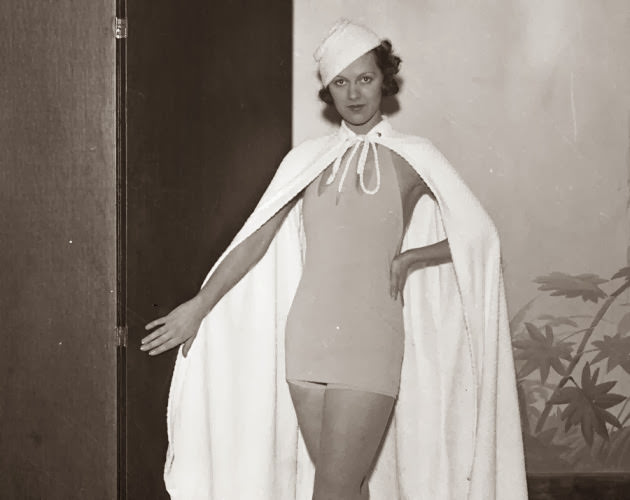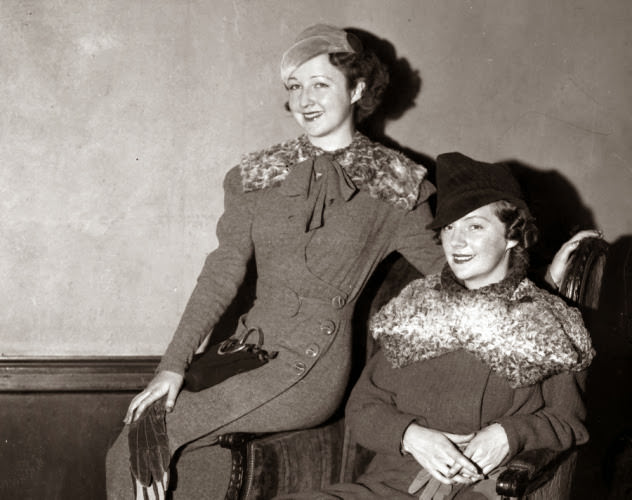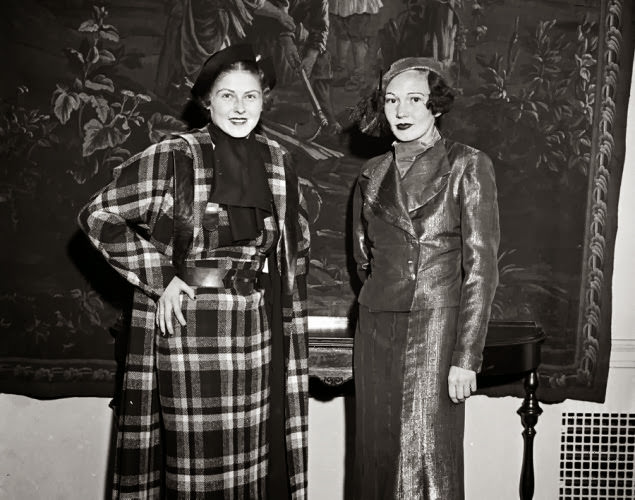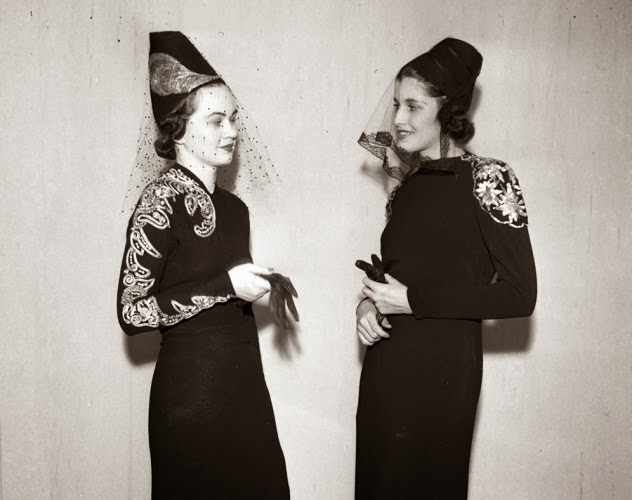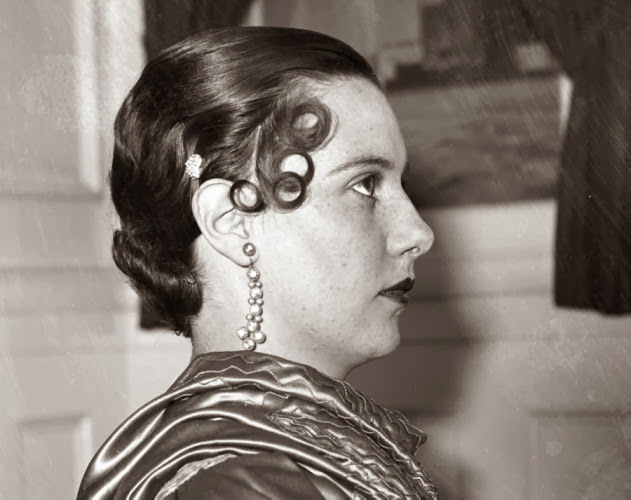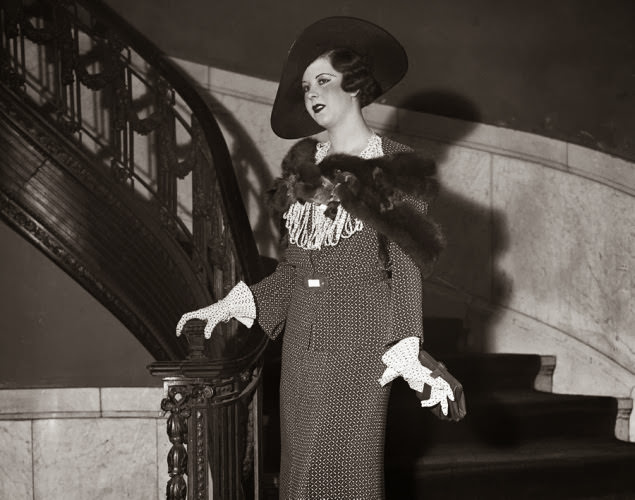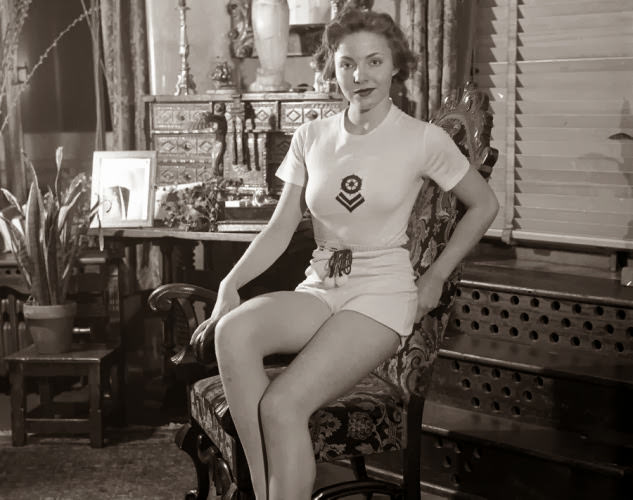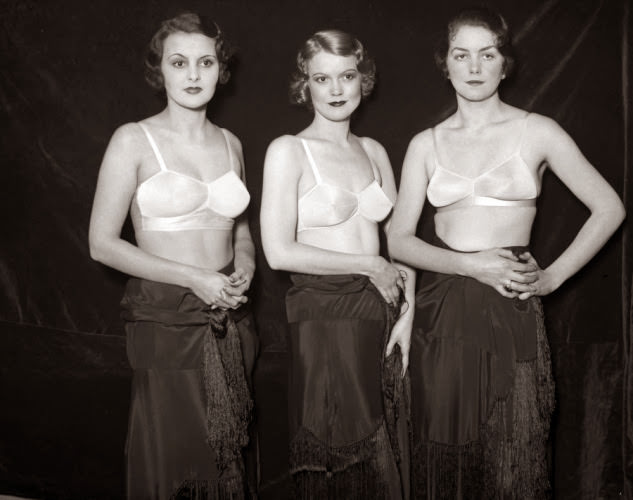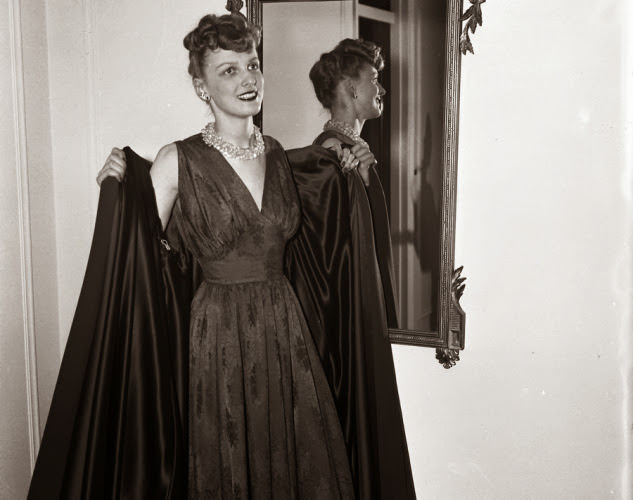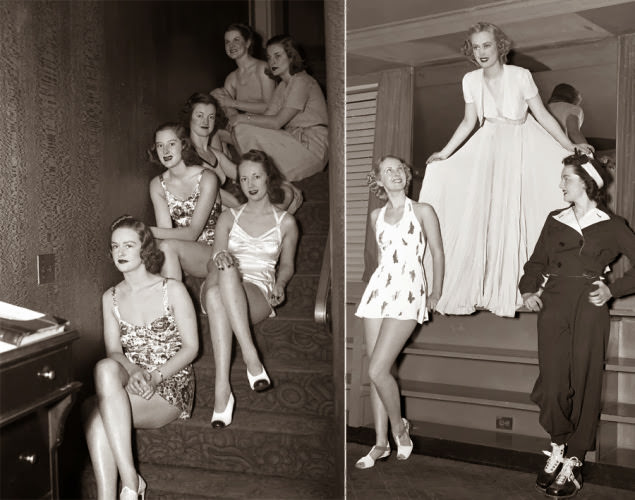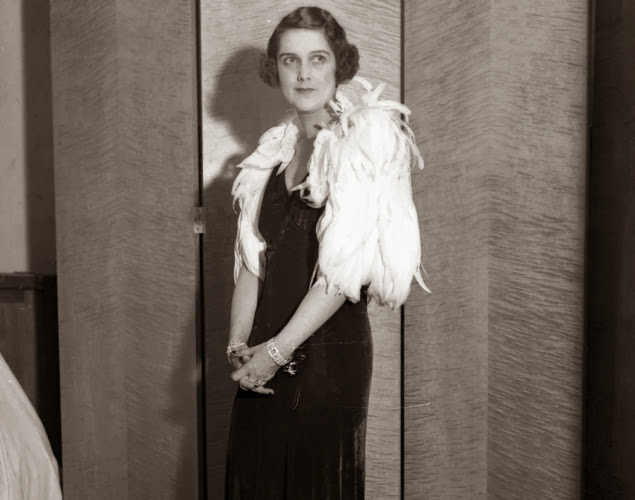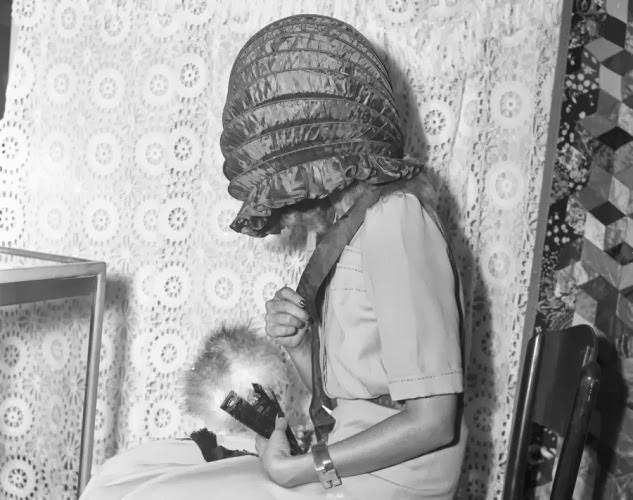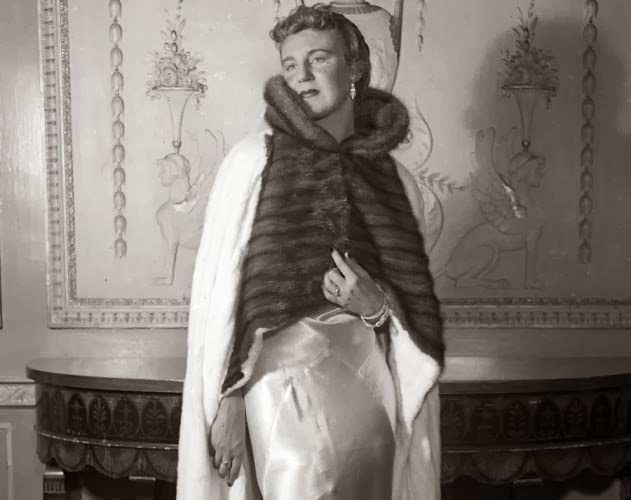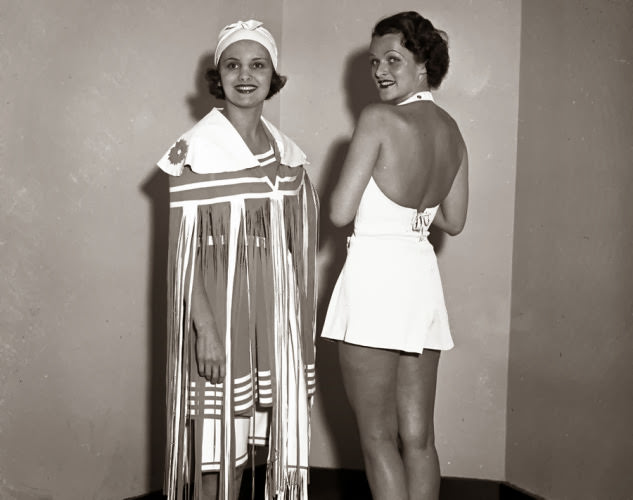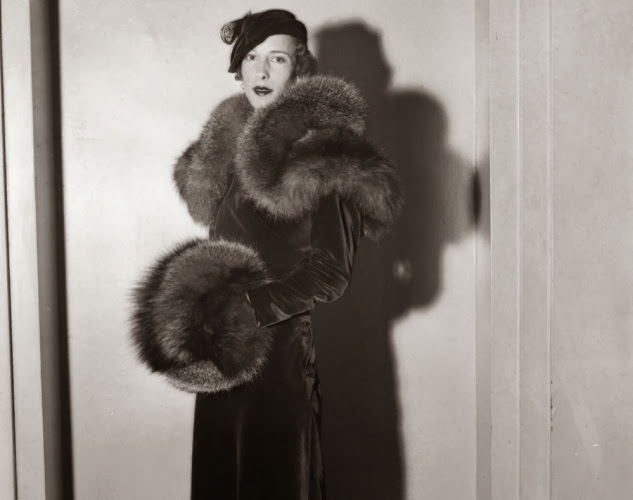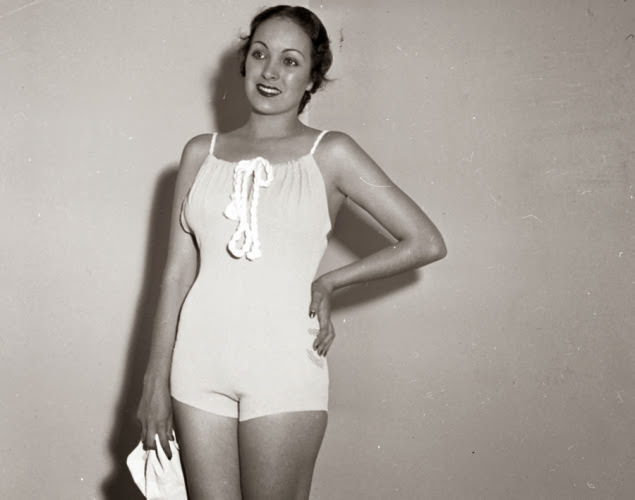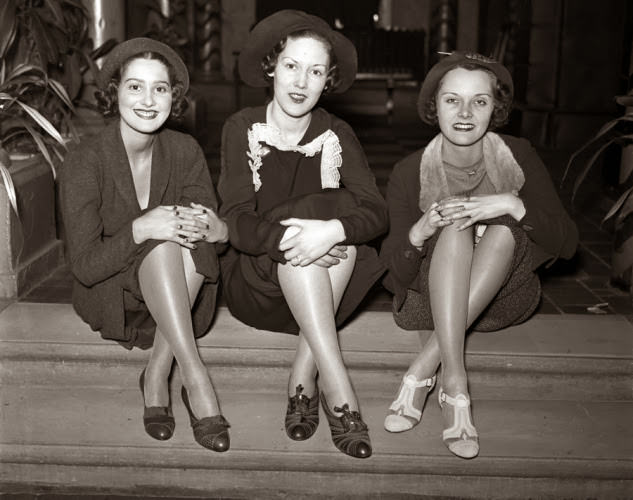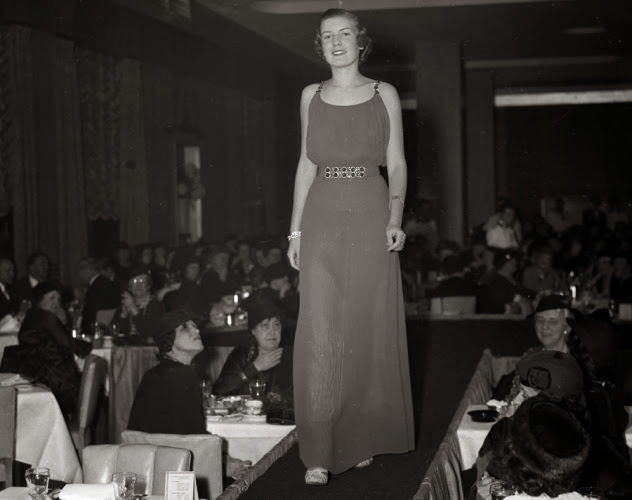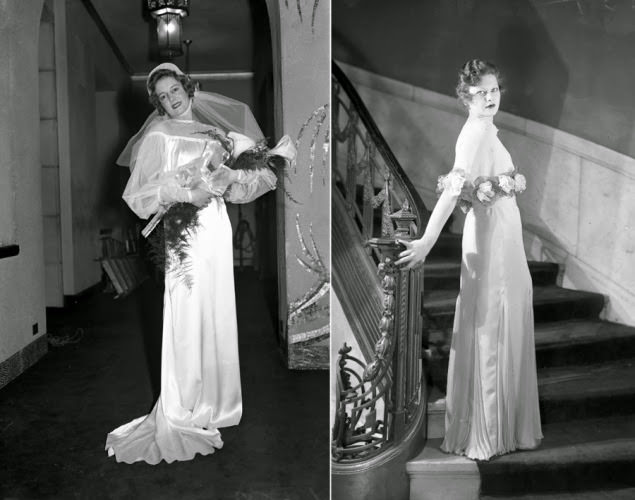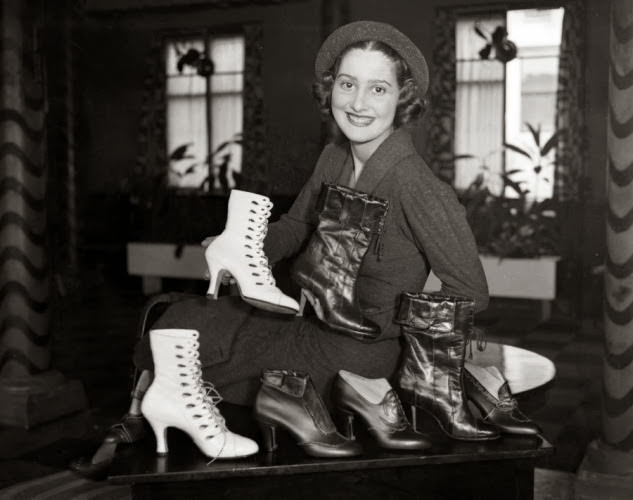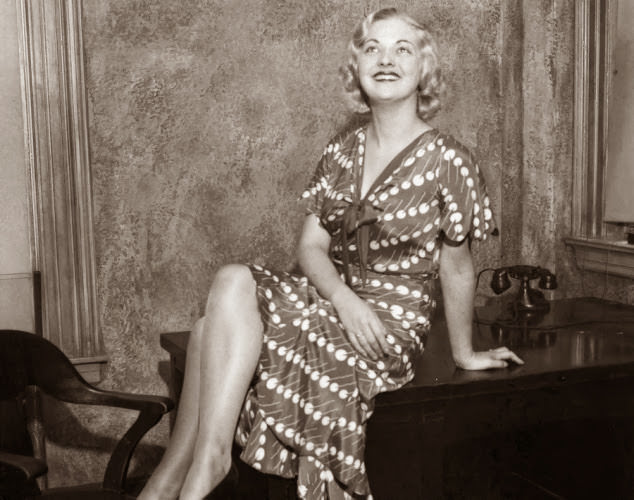The 1930s was a decade that brought a distinct look to fashion, different from the styles that came before. The clothes, and the models who wore them, reflected a sense of elegance, sophistication, and practicality shaped by the times. Looking at photos and magazines from this era shows a specific silhouette and set of trends that defined the decade’s style.
One of the most recognizable features of 1930s fashion was the emphasis on a long, lean silhouette for women. This was a change from the more boyish, shorter styles of the 1920s. Fashion moved towards dresses that followed the natural shape of the body, often with a defined waistline or a fit that hugged the curves gracefully. The goal was an elegant, flowing line from the shoulders down.
A key sewing technique that helped create this look was the “bias cut.” This meant cutting fabric diagonally across the grain instead of straight up and down. Cutting on the bias allowed fabrics to drape beautifully and hang in soft folds, molding to the body without being tight. This technique was perfect for achieving the flowing, sophisticated look that was popular. Fabrics that worked well with the bias cut, like silk, lightweight crepe, and rayon (a newer, more affordable manufactured fabric), were widely used.
Read more
Daytime dresses in the 1930s typically fell to the calf or slightly below. They often featured interesting details around the neckline, such as cowl necks (draped folds of fabric) or keyhole cutouts. Decorative buttons, sometimes running the length of the dress, and contrasting trim were common design elements. Sleeves became more noticeable throughout the decade, starting with simpler styles and evolving into puff sleeves or wider, more structured shoulders later in the 1930s, which helped create a desired silhouette.
Tailored suits also became very popular for women’s daytime and professional wear. These suits usually consisted of a fitted jacket, often with padded shoulders to enhance the silhouette, paired with a matching skirt. They presented a look that was both smart and practical, suitable for city life and increasingly for women entering the workforce.
Evening wear in the 1930s was designed for glamour and drama. Floor-length gowns were common for formal occasions. The bias cut was heavily used for evening dresses, allowing luxurious fabrics like satin or velvet to flow elegantly around the body. Backless styles were fashionable, adding a touch of sophistication and allure. Details like ruching (gathered fabric), sparkling embellishments, and dramatic sleeves contributed to the glamorous look inspired by Hollywood movies.
The decade also saw the development of sportswear as a distinct category. As leisure activities became more common, clothing designed for specific sports or casual outings gained popularity. While not yet mainstream for everyday wear, trousers for women started appearing in more casual settings like resorts or for activities like sailing or riding. Sportswear offered comfort and practicality without sacrificing style.
Accessories played an important role in completing a 1930s outfit. Hats were considered essential and were worn by most women. Styles ranged from small, sculpted hats that tilted on the head to wider-brimmed styles. Gloves were frequently worn, adding a touch of formality and polish. Belts were popular for cinching the waist and adding a point of visual interest to dresses and suits. Jewelry tended to be more understated and elegant compared to the flashier styles of the 1920s.


